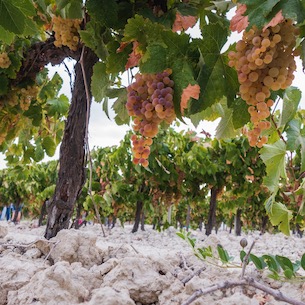.png.transform/rendition-xs/image_image%20(1).png)
The Wine Country of Two Seas: Atlantic and Mediterranean
Spain's viticulture between the Atlantic and the Mediterranean
Spain, with its thousands of kilometres of coastline, is an exceptional case among all major wine-growing nations. Not only do the Atlantic and the Mediterranean directly influence numerous renowned wine-growing regions. Spain, apart from its northern neighbour, is in fact the only country in Europe that can combine two completely different maritime influences on its wine-growing regions. All other countries have no more than one maritime climate impact.
The immediate influence of the maritime climate has had a decisive impact on the wine-growing nation of Spain and has influenced grape varieties, soils and even cultivation methods beyond measure. The richness of these contrasts contributes decisively to the fact that the country has a multitude of unique terroirs.
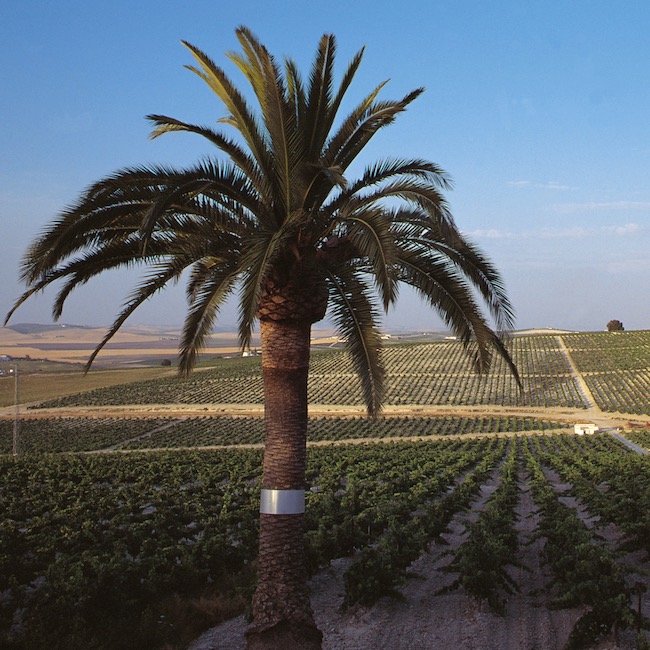
What makes Spain truly unique, however, is the fact that above the Strait of Gibraltar we have an interaction of two great masses of water that exists nowhere else in this form in direct confrontation over a few kilometres. East of Monkey Rock, which towers over the city, the relatively warm Mediterranean Sea with its above-average salt content shapes the weather situation along the entire Spanish Levant, while the Atlantic Ocean, which covers a fifth of the earth's surface, meets Spain's mainland at two different points. Firstly, in a wild and rough manner on the upper and lower rías or bays of Galicia, and in a somewhat milder manner, at least as far as wind speeds are concerned, on the western Andalusian provinces of Cádiz and Huelva. If one takes things more precisely, then the Atlantic and its westerly winds must be attributed a more far-reaching dynamic of influence than the Mediterranean, which in turn means that even at the altitudes of Málaga, Atlantic influence can still be detected, which rises and falls again depending on the meteorological situation. The Atlantic component therefore not only affects the direct coastline in the west, but also high altitude areas east of the strait, which are actually Mediterranean.
Consequently, a whole series of historical cultivation areas in the Spanish south benefit from the two seas and their interfaces and overlaps between Africa and the Andalusian coasts and their backcountry.
The Atlantic as a shaping force - the Marco de Jerez and its wines
If one follows the approach of more to less maritime influences on the respective areas, then the famous double appellation Jerez - Manzanilla Sanlúcar de Barrameda naturally claims a place at the forefront. It would be a gross understatement to say that the Atlantic only touches the production area. Rather, it must be clearly stated that the second largest ocean on our planet created this historic wine landscape in the first place. It is responsible for the structure of the soils as well as for the topography, temperatures, precipitation and, last but not least, for decisive processes in winemaking. The winegrowing culture of the Marco de Jerez, which has developed over thousands of years, is an interplay of the most diverse maritime components. In short, a terroir in constant interaction with the all-determining sea.
The famous sherry triangle, as we see it today, presents itself again as it did in the first half of the last century, namely as a small and fine wine-growing region with exceptionally high-quality wines and corresponding prices. The loss of areas of rather insignificant quality due to the sales crisis, which has now largely been shaken off, is now proving to be a blessing. The Marco, as the wine country between Trebujena, Jerez de la Frontera, El Puerto de Santa María and Sanlúcar de Barrameda is also called, has, so to speak, retreated to the historic sites. This situation makes the appellation once again one of the most exceptional wine regions in the world in terms of its site or rather soil potential. And if we speak of the vineyards, the legendary pagos of the area, then the Atlantic is omnipresent as a formative component.
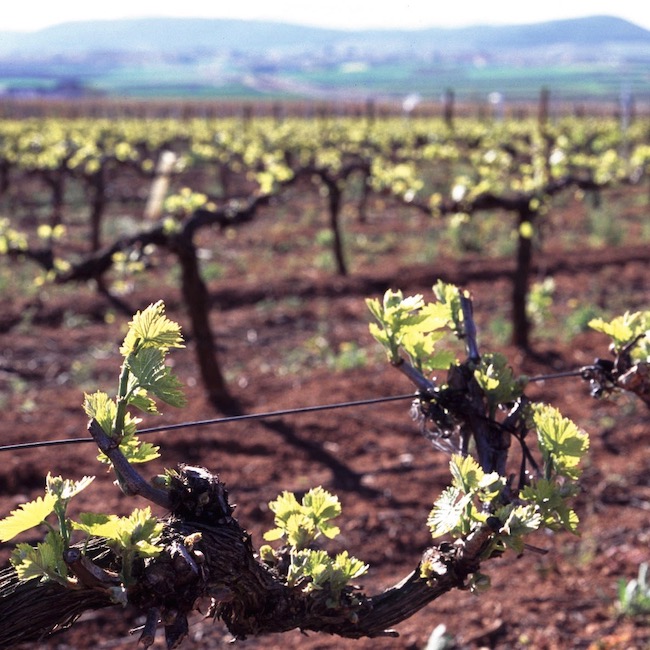
Wind and white soils
It is the winds that carry the moisture, especially from the Atlantic, into the area between Jerez and Sanlúcar and thus, of course, have a decisive influence on viticulture. In addition to the already high rainfall - in the Marco, over 600 litres of rain fall per year - even in June and July, the area has a kind of coastal fog that falls as dew over the vines. Basically, this phenomenon, known as blandura, takes over the task of a natural sprinkling and ensures the survival of the plants in many plots. Nevertheless, the amount of rain is impressive. Since the clouds saturated by the waters of the Atlantic usually rain down on the slopes of the Grazalema mountains to the north-east of Jerez, the growing area is blessed with much higher rainfall than most of the appellations in the centre of Spain. In addition to its function as a moisturiser, the Atlantic also acts as a temperature regulator. Since the highest point of the wine-growing region is just 150 metres above sea level, Jerez cannot score with altitude. The ocean takes over this cooling function and creates a basically even temperate climate less than 75 kilometres as the crow flies from the African coast.
Of course, the legendary white soils of Jerez, known as Albariza, are a subject all their own. Every hundred years, the layer of fossil sediments increased by about three millimetres, and this over millions of years. When the present-day land shelf of the southern Iberian peninsula rose, the fossil stratified soils came to light and were finally pushed into their present form by glacial moraines much later. The Marco de Jerez thus has one of the most spectacular limestone deposits of the old continent. The water storage capacities of these fossil layers, which reach over a hundred metres and more into the depths, are correspondingly high. On the surface, the deposits are porous and reflect sunlight due to their white or white-grey colour. Since compact structures are missing, the upper layers do not crack even in intense heat. These fossil diatoms with their enormous storage capacity are what make viticulture possible in the first place at one of the southernmost points of Europe and act as a unique selling point of this unique terroir. No wonder, then, that the Bodegas de los Marcos can point to a very old, indeed historic, vineyard culture. In earlier times, every hill in this gently undulating terrain of fossil white soils marked a site, so that this very special wine landscape can be understood even by laymen. The most original representatives of the world-famous pagos or vineyards are Maina near Sanlúcar de Barrameda and Macharnudo and Cerro Pelado near Jerez de la Frontera.
The Moscatel Coasts of South and Southeast Spain
Even though the historical wine-growing regions of Andalusia and the Levant are far apart, they are nevertheless linked by a grape variety. We are talking, of course, about the Moscatel, which found its ideal habitat thousands of years ago in the warm coastal areas of the Mediterranean region. Alicante's Moscatel culture is even said to have been given a new start after the devastating effects of the 17th century plague, with the support of experienced winegrowers from Málaga. The expansions must have been enormous, because old sources speak of a "sea of Moscatel" on the Valencian-Alicante coast. The same certainly applies to Málaga and its vines on the narrow coastal strip as well as in the mountainous backcountry.
The DOP Málaga with its typically Mediterranean vineyards and its mountainous counterpart Sierras de Málaga DO for predominantly non-sprayed wines are often seen as a double appellation, although the borders of the two areas are clearly separated. Vines are found in the immediate vicinity of the coast near Torrox, as well as around Ronda and in the famous high altitudes of the Axarquía. In the near future, the production area will encompass the entire province, following an application to that effect submitted to Brussels by the competent authorities. The area or "la zona de la Axarquía" with its brown and extremely porous slate soils is considered one of the great historical terroirs of Andalusia and thus also one of the oldest in Europe. The main variety in the Arxaquía is the Moscatel, which is prepared in this scenically spectacular sub-area as dry and sweet qualities in non-infused form. Even the traditional growths fortified with wine alcohol are still occasionally produced there. Interestingly, some renowned producers blend highly ripe grapes from lower vineyards close to the coast with more acid-rich grapes from the higher vineyards of La Axarquía: initially fermented separately, complex blends are created, which are then offered as fortified top wines. The maritime influence plays a significant role, especially in the vineyards in the terraced and vertical vineyards in the heights of the Axarquía: because the fresh sea breezes that visit the area at dusk and especially at night until the early hours of the morning reduce the temperature stress of the plants, dry the morning dew and cool the old single-vine plants in the steep slopes. The fascinating freshness of acidity, which is particularly characteristic of the new generation of Moscatel wines from Axarquía, bears impressive witness to this. These filigree reinterpretations of the Moscatel wines of the last two decades are known to aficionados as Mountain Málagas. With their crystal-clear, elegant and fresh style, they embody the grandiose character of low-yielding old vines in combination with mineral slate soils, altitude and the regulating power of maritime breezes.
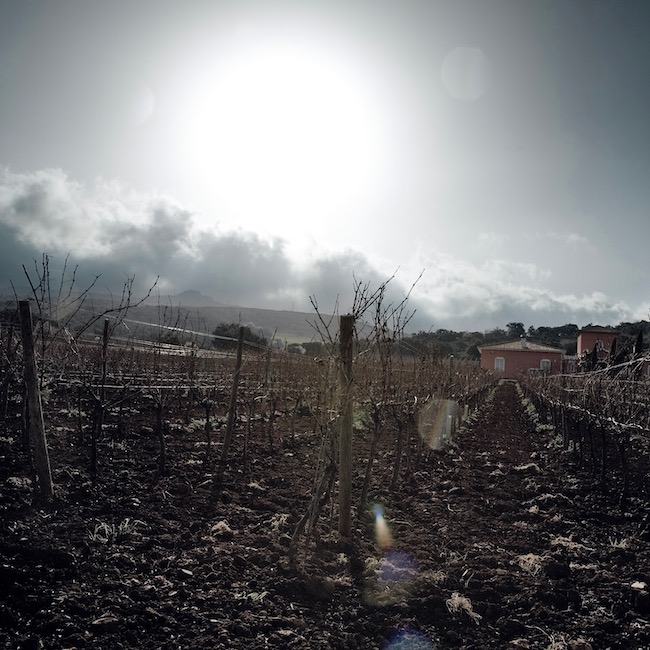
The impact of the Mediterranean on viticulture can also be seen in the example of Alicante and cannot be overestimated. The area of La Marina Alta, with Denia as its administrative centre, accounts for an important share of Moscatel production. Those who assume that the viticultural situation is plagued by drought are seriously mistaken. In normal years, rainfall is almost at Galician levels, and 750 to 800 litres over the year are not uncommon. Only the distribution of rainfall, for which the Mediterranean Sea is responsible, of course, distinguishes the Alicantine situation from the rainfall conditions in the northwest of the country. Long dry phases are the rule, but also in this respect the Mediterranean offers the solution. Even in August, after very hot days, the many Moscatel vines seem freshly showered at dawn. The effect of the dew allows the plants a recreational phase overnight, which they use to absorb the moisture that the soil is no longer able to provide at the height of summer. Over centuries, if not millennia, the Moscatel clones native to the area, as well as autochthonous red varieties such as Garnacha and Monastrell, have adapted to these conditions and developed a particularly dense down on the underside of the leaves, capable of absorbing considerable amounts of moisture in just a few hours. This hairiness is ten to fifteen times more strongly developed than in grapes from continental locations, such as the Castilian Meseta, to name just one example. But the Mediterranean is not only a blessing in this respect; depending on the season, it can also become a threat. In spring, for example, intensive foliage work has to be carried out in many vineyards. The foliage is thinned out to ensure aeration and to ward off the threat of rot caused by dew. Only with the colouring or rather the formation of the antozyans or plant pigments, which serve as a protective shield, does the danger disappear. According to the old farmers' rules, around the feast of the summer solstice of San Juan, the pressure of rot turns into the opposite, and the dew converts back into the saviour of the vines.
Many winemakers in the provinces of Alicante and Valencia attribute the special character of their wines, which they describe as Mediterranean freshness, to these exceptional conditions. The interaction of mainly older vines with the sea is reflected in a unique balance between Mediterranean ripeness, spiciness and fine acidity. And indeed, the Moscatel growths of the Valencian-Alicantine modern era stand for subtle and multi-layered growths of dynamic drinking fluency, just like the fabulous Monastrell creations of the past two decades. In addition, there are rediscoveries of old grape varieties such as the red Giró, which is blossoming in the wake of many producers' efforts to work sustainably and with reduced yields. The renaissance of these once famous Mediterranean terroirs is in full swing in many places in the Levant near the sea.
Not without the sea
There are grape varieties that would only be a shadow of themselves without the maritime influence on plant and fruit. One of the best examples is the famous Xarel.lo grape from the Catalan Penedés. The variety is revered by the area's winemakers as the epitome of the perfect Mediterranean variety and celebrated as the unqualified queen of the production of high-quality cavas. It descends from a native red Mediterranean grape called Chiarelo and is usually at the heart of cuvées, especially when making base wines for storable cavas. It reaches its peak between 150 and 400 metres above sea level, at a distance of ten to a maximum of 30 kilometres from the coast. This microclimatic framework ideally balances the growth cycle of the Xarel.lo between the more continental climes beyond the Sierra Prelitoral and the direct coastal strip, allowing it to develop stable acidity levels and only a moderate PH value. This healthy balance is inconceivable without the cooling winds of the nearby Mediterranean, which create a sensitive equilibrium between the direct coast and the mountains. Too dominant a continental influence would cause the cycle to shrink, and the associated early and far too rapid ripening to derail their character. The stabilising antioxidant effect of the polyphenols that make up part of its genetic heritage would be potentiated, turning Xarel.lo into a coarse-grained variety. Its unique character, guarantor of long yeast aging and maximum potential, would be inconceivable without the long and steady climatic breath of the Mediterranean.
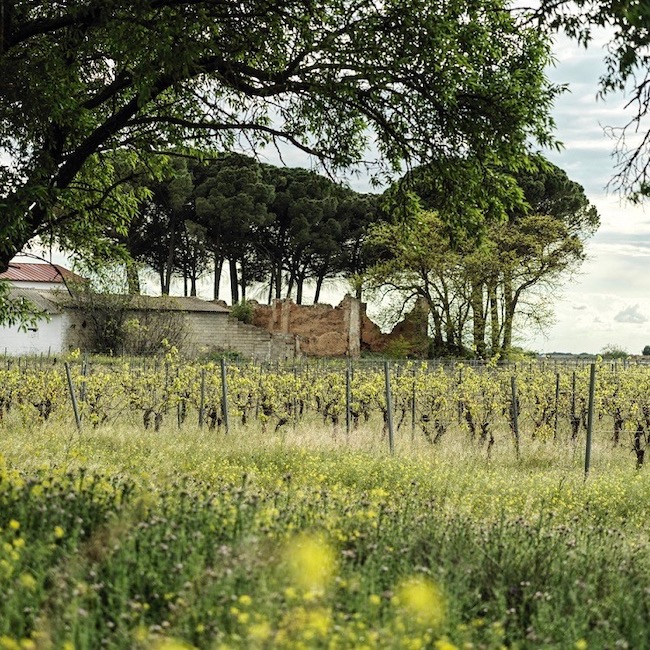
The humid breezes of Mallorca
A prime example of viticulture under distinctly maritime conditions is, of course, Mallorca. Although the main island of the Balearic Islands markets an untypically high proportion of its production as IGP qualities, the two appellations of Binissalem and Pla i Llevant are considered the flagship of the Mallorcan wine sector. While the Tramuntana mountains in the west of the Binissalem DO offer protection against the often harsh westerly winds, a large part of the vineyards in the small Pla i Llevant appellation are only minimally shielded from the Mediterranean Sea by a small chain of hills to the east. The special feature of the growing area is based on the direct maritime influences, without which the quality cultivation in the eastern part of the island would hardly be conceivable. The famous Embat, a humid breeze that rises in the evening due to thermal fluctuations and cools the vineyards by five to six degrees Celsius overnight, is responsible for the special microclimate of the two local wine-growing centres of Felanitx and Manacor. This cooling breeze pushes itself overnight under the warm air rising from the heated soils and gives the vines a cool regeneration phase. The many small dried-up streambeds, the so-called torrents, serve as ventilation channels. Many winegrowers also see the Embat as the predominant source for the fine saline character of their wines. The red varieties in particular would absorb a certain amount of saltiness via the drying skin of the skins towards the end of their ripening cycle. Another important factor is the island's famous sedimentary soils. With the lowering of the sea level in the Miocene, these layers, known as Cal Vermell, came to light and today characterise viticulture on Mallorca. The island can thus combine the essential factors of maritime influence: cooling breezes, a certain saline character to the wines and the versatility of sedimentary soils that have been formed over millions of years.
